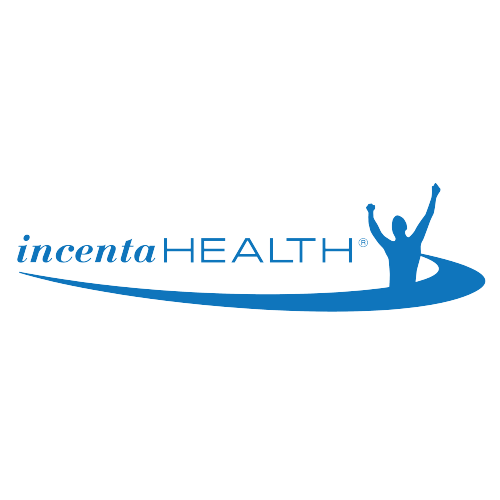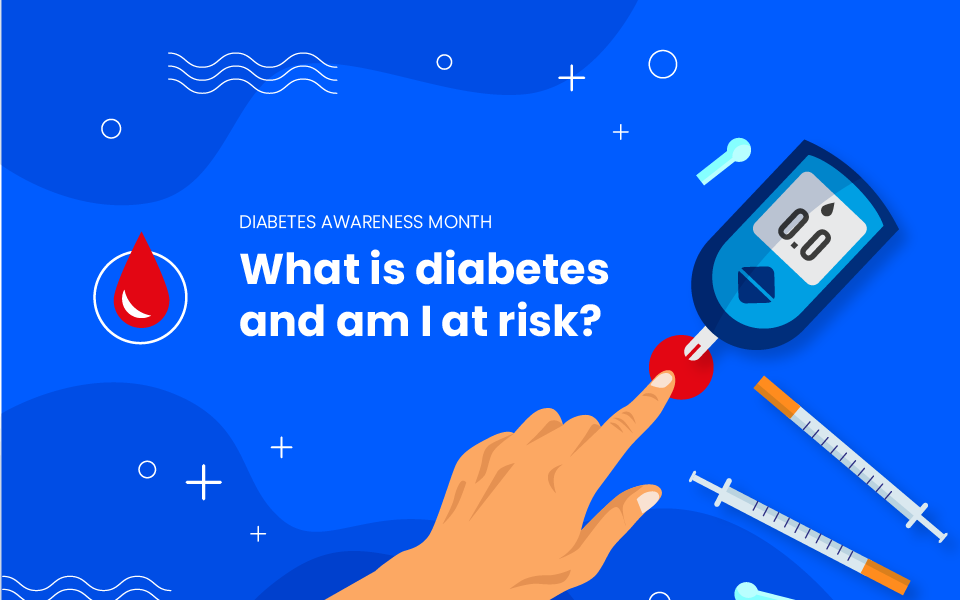We’ve made it to yet another November. A month that brings focus to all the things we have to be thankful for – family, friends, good food and warm homes.
November is also a month of awareness – Diabetes Awareness month. Diabetes affects 1 in 10 Americans, and has unfortunately become a common household term. The statistics on this disease are shocking:
- 10.5% of the U.S. population has diabetes
- 90% of diabetes cases are type 2
- 1 in 3 has prediabetes
- 90% of those with prediabetes don’t know they have it!
Diabetes can wreak havoc on the body if not managed correctly.
The first step to management is awareness.
So what is diabetes?
First, let’s talk about insulin and blood sugar. Insulin is the hormone that regulates glucose throughout the body. Glucose (blood sugar) is the body’s main source of energy. Too little will leave the body feeling tired, dizzy, hungry and anxious. On the flip side, too much can damage the blood vessels leading to serious health complications such as heart disease. It is our body’s job to manage these two, however diabetes takes away its ability to do so properly.
Type 1 diabetes often develops in childhood or early adolescence. The cause is still mostly unknown – however there seems to be a genetic link. Type 1 diabetics are unable to produce insulin. A common treatment would be insulin injections or an insulin pump.
Type 2 diabetes means that an individual produces, but does not properly use insulin, and is often diagnosed later on in life. Diet and lifestyle play a huge role in developing and managing type 2 and if done properly can often keep prediabetes from becoming a type 2 diagnosis. A well-balanced diet can also reduce symptoms and medications for those who are in diabetic ranges.
Are you wondering if you’re at risk for prediabetes or type 2 diabetes? Check out our blog How do I know if I’m at risk for diabetes? to learn more.
How reduce your risk for diabetes
Diet and exercise might sound like a broken record – but we are going to keep playing it.
Eating a Well-Balanced Diet
Sticking with a healthy, balanced diet can be the key to success in managing blood sugar levels. It is important to fuel our bodies with sustainable, satisfying foods throughout the day to maintain healthy blood sugar levels. Let’s think about it like this – imagine you wake up and your stomach starts to grumble. You’re hungry, so you reach for something quick like a bowl of Lucky Charms. But those colorful, crunchy marshmallows and tiny cereal bits consist only of sugar and carbs. Both of which your body will use for fast fuel, spiking your blood sugar, and amping up your energy. Sounds great until you realize that what goes up, must come down. You find yourself a couple hours later, tired, cranky, and wanting more – so the cycle continues. A better option would be fueling your body with a healthy fat/protein combo that will give your body the fuel it needs while also sustaining it for a while longer. Next time try some eggs, nuts, or avocados for a heart healthy/blood stabilizing morning meal.
Being Physically Active
Next up, the E word… Exercise! Exercise helps control blood sugar, increases our sensitivity to insulin, and reduces cardiac risk factors. Now exercise doesn’t have to mean going to the gym for hours on end or running a marathon. Exercise can look like pushing a grocery cart around the supermarket for 30 minutes or taking a walk around your building at lunchtime. Maybe exercise means chasing your kids in the backyard or swapping happy hour for a scenic walk with good friends. Find an activity you love, and stick with that. Just get moving!
If you have prediabetes or think you’re at risk, the support of a National Diabetes Prevention Program (NDPP) can also help you reduce your risk (research has shown it can reduce your risk by 58%). incentaHEALTH offers a Centers for Disease Control approved NDPP. You can learn more about our #PreventDiabetes program here.
When it comes to diabetes – know your risks but more importantly know how to prevent and manage symptoms.
Happy November!




